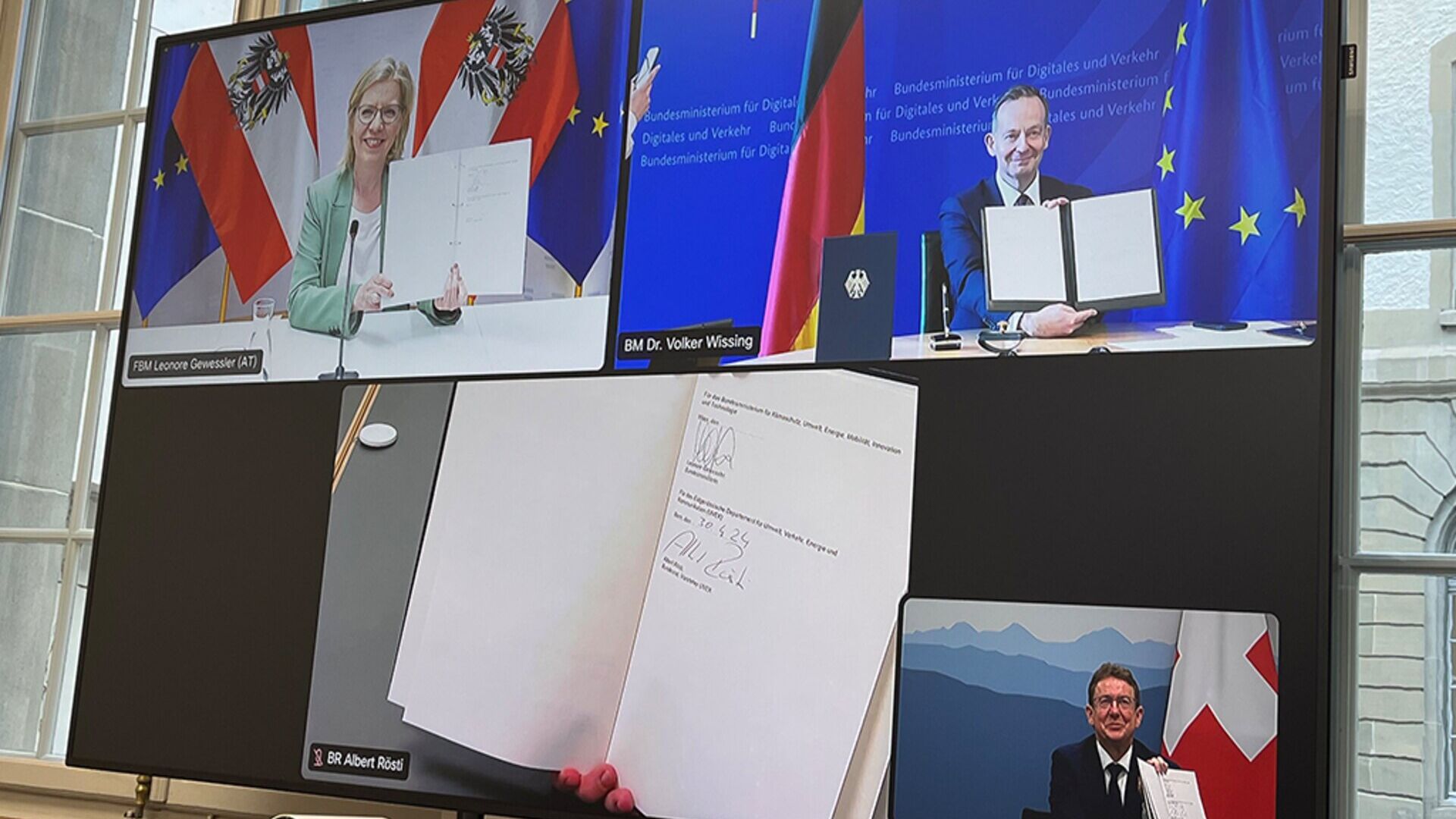The Marine Sanctuary in the heart of the Pacific threatens... fishing?
The area of the Great Ocean Remote Islands Sea National Monument could cover two million kilometers

In March 2023, the Biden Administration announced plans to establish a large marine sanctuary in the Remote Pacific Islands.
The protected area, which would have an extension of almost two million square kilometers, would include the Papahānaumokuākea Marine National Monument, northwest of Hawaii, but also the still unprotected areas around Howland and Baker Islands, Palmyra Atoll and Kingman Reef, between the Hawaiian Islands and American Samoa.
It is not the first time that people have thought about expanding the area of National Marine Monument of the Remote Islands of the Pacific, and now as then there is no shortage of concerns: one of the most heartfelt critical issues concerns the potential impact of the Sanctuary on fishing-related activities, starting with the effects on the Pago Pago tuna cannery, in American Samoa, a source of work and income for a large part of the local community.
The ocean's ambassador whales at the UN: the Maori proposal
Fishing kills more and more sharks: the outcome of the shocking study…

The Pacific Remote Islands Marine National Monument
The National Marine Monument of Papahānaumokuākea it was declared a United States National Monument on June 15, 2006.
Four years later, in 2010, theUNESCO he declared it World Heritage Site, stressing that "the area has profound cosmological and traditional significance to native Hawaiian culture, as an ancestral natural environment, as an embodiment of the Hawaiian concept of man's belonging to the natural world, and as a place where life is believed to begin and return later the death” (Papahānaumokuākea means “place where islands are born”).
The protected waters of Papahānaumokuākea are now part of the Pacific Remote Islands Marine National Monument, a protected area that is home to some of the most extraordinary life forms in the planet's tropical seas, threatened by climate changes, invasive species andpollution.
The Pacific Remote Islands Marine National Monument is one of the largest marine protected areas in the world, and is made up of pelagic habitats e deep water, with typical characteristics such as emerging or submerged strips of land, extensive coral reefs and lagoons.
Palmyra Atoll and Kingman Reef, for example, host almost 200 species of corals , a rate of biodiversity higher than any other atoll or reef island in the Central Pacific. Furthermore, numerous habitats in the area thrive threatened and endangered species, including green sea turtles (Chelonia mydas), hawksbill turtles (Eretmochelys imbricata), oceanic whitetip sharks (Carcharhinus longimanus), spinner dolphins (Stenella longirostris) and dolphin sharks (Peponocephala electra).
The hidden pollution that is destroying our oceans
The Great Barrier Reef suffers. The problem? The human beings…
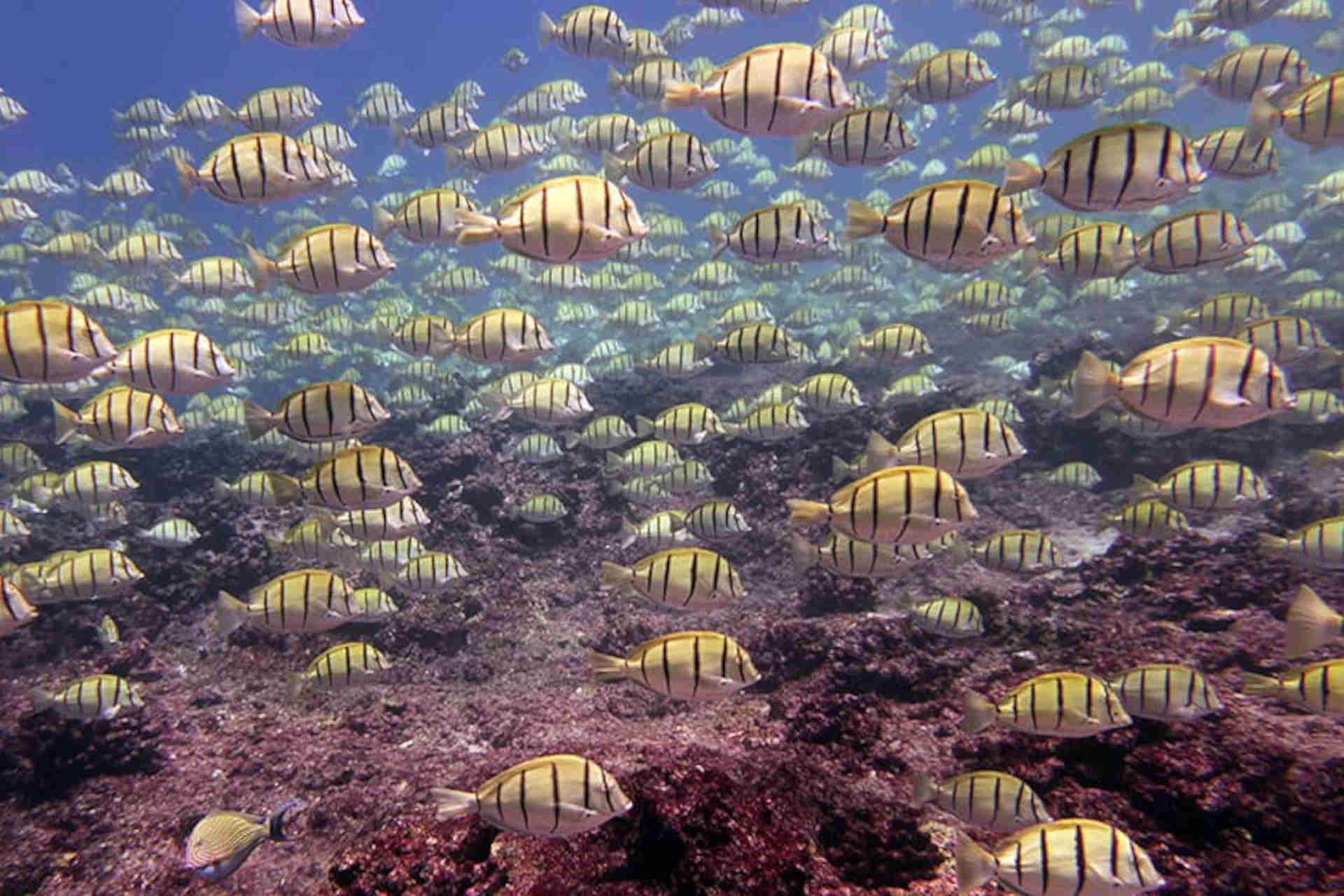
A two million km sanctuary in an immense ocean
The protected area established in the Pacific under the presidency of George Walker Bush had an area equal to 210.000 square kilometers. It was President Barack Obama, in 2014, who extended it for the first time, bringing the Monument to an extension of over 1 million 200 thousand kilometres, six times the original size of the Monument. In September 2017, under the presidency of Donald Trump, the idea of reducing the protected area was put forward, but the recommendations to this effect were not followed up.
On the contrary, theBiden administration recently proposed to further extend the protected area managed by the National Oceanic and Atmospheric Administration (NOAA), in agreement with the “30 by 30” program, bringing it to two million square kilometers and reviewing the names of reserves and natural monuments that will become part of the new Sanctuary. The proposal, discussed in September 2023 by the US Congressional Oversight Committee, is now in the approval phase public review: The program expects to produce the final documents by autumn this year.
The new Marine Sanctuary of the Remote Islands of the Pacific, according to the projects in progress, will include the marine areas of the already existing National Monument, but also many unprotected areas in the Exclusive Economic Zone of the United States, touching the islands Baker, howland e Jarvis, Kingman Reef and the atolls of palmyra, Johnston e Wake (without involving land areas above the mean high tide line).
Innovations and protection: Ocean Cleanup for plastic-free seas
An unpublished Atlas of Marine Habitats for the protection of the oceans
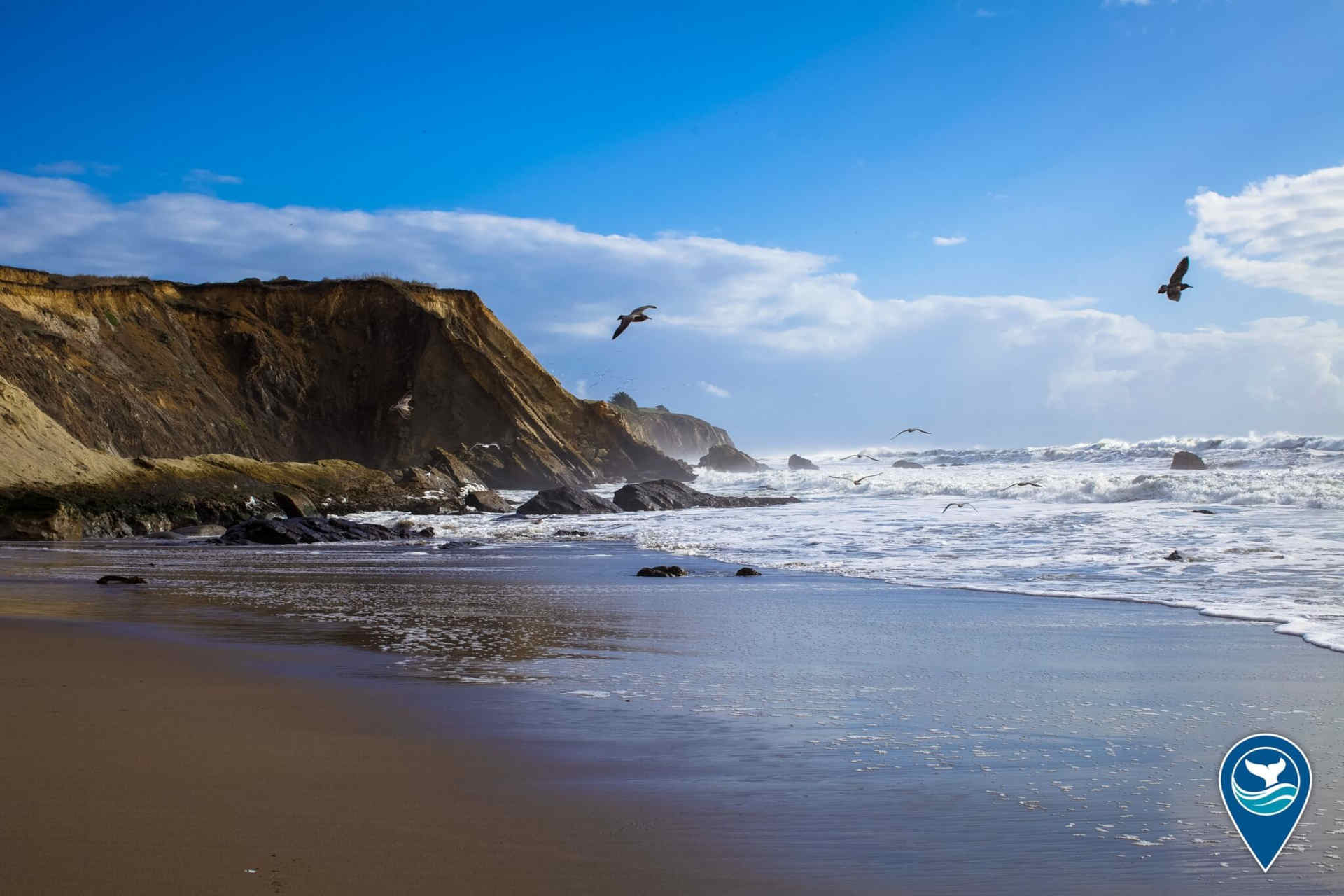
Pacific Remote Island Sanctuary: Fishing Concerns
The hearing of House of Representatives Committee on Natural Resources last September raised several doubts, especially regarding potential limits on fishing in the region by US-flagged vessels. As he stated Aumua Amata Coleman Radewagen, delegated to the Congress of American Samoa, the proposal could “wipe out Samoa's entire EEZ (Exclusive Economic Zone).”. An alarming prospect, for a country that depends strictly on fishing and tuna processing.
According to those who oppose the extension of the Sanctuary, the Magnuson-Stevens law on fisheries conservation and management, with its eight regional councils, lives up to the conservation task, and no further potentially destabilizing operations are needed.
During the hearing, supporters of the new Sanctuary also spoke out, underlining the fact that the Magnuson-Stevens law of 1976 always forgets thecultural and ecological aspect of the sea, with which native fishermen have an ancestral relationship.
Fears for the fate of fishing, however, have made themselves felt: Bill Gibbons-Fly, executive director ofAmerican Tunaboat Association, declared that Chinese fishing boats are ready to work just beyond the border line of the future sanctuary: the pressure for Pacific tuna fishermenIn short, it does not only come from a regulation that is tightening the rules. As the lobbyist recalled, Hawaii's longline fleet has already lost 22 percent of its fishing area in recent years, with a non-negligible impact on the local industry.
Overfishing, in the Atlantic there is a risk of the collapse of entire fish stocks
Blue Hole: the drama of wild fishing in the contested sea
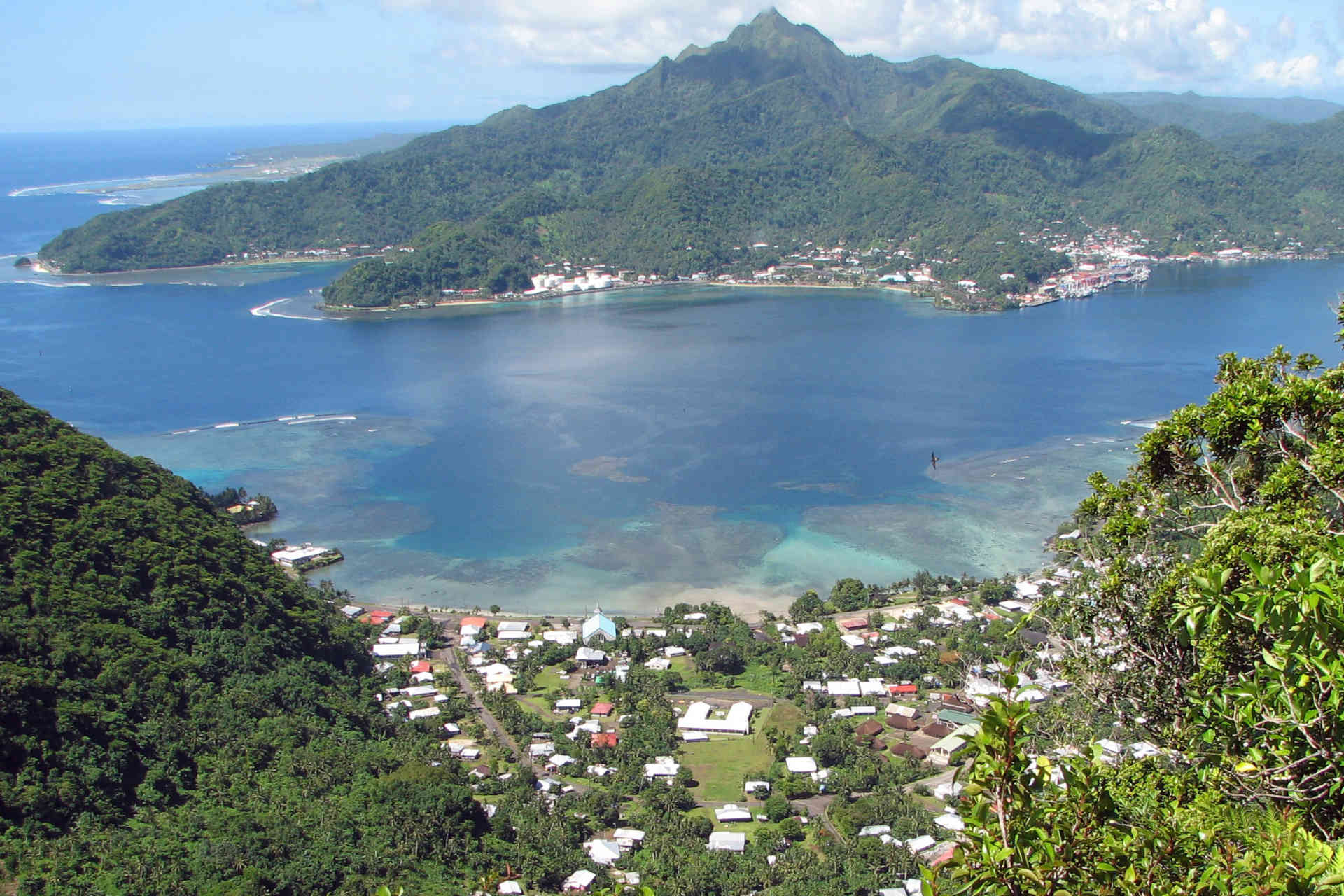
The Sanctuary's Impact on Fisheries in American Samoa
One concern about the Sanctuary expansion is the potential impact on Pago Pago tuna cannery, in Samoa Americane, one of the largest tuna canneries in the United States that provides jobs and income to the local community.
A recent survey byemLab of the University of California asks some fundamental questions in this regard, which concern the extent of the fishing effort of US vessels in the area and the origin of the tuna worked in Pago Pago.
Historically, we read in the analysis, “fishing effort by U.S. vessels within the expansion area has been relatively low”: Over the past 5 years, the US purse seine fleet has spent the 0,52 percent of its fishing effort in the Pacific within the expansion area. A fact that for i longlines it stops at 0,00 percent. Most U.S. fishing effort using purse seines and longlines”occurs on the high seas (60,24 percent) or within non-US EEZs (33,54 percent)".
According to analysis from the University of California, “most US longline fishing trips landed in Pago Pago comes from the EEZ of American Samoa (98,28 percent)”. For the Pago Pago trips, U.S. purse seiners and longliners spent within the expansion zone 4,16 and XNUMX, respectively. 0,00 percent of their fishing effort in the Pacific.
UN Ocean Treaty: Chile is the first country to sign
“Check your fish!”: sustainable fishing seen by consumers
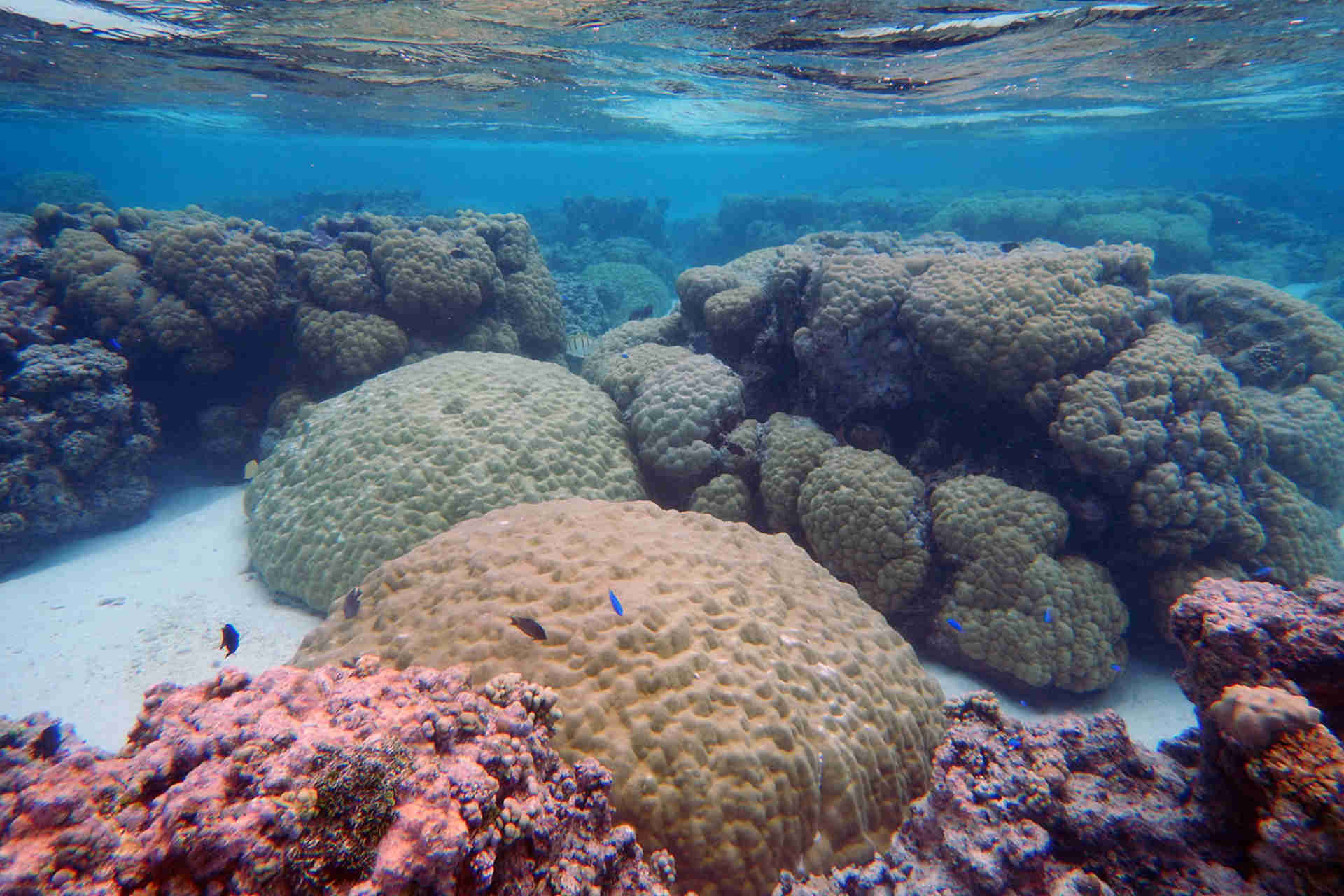
You may also be interested in:
In Alto Adige today EDIH NOI is the new point of reference for AI
4,6 million euros from the PNRR fund will be allocated to Bolzano for services to local companies in the digitalisation of intelligence…
by Editorial staff Innovando.NewsEditorial staff of Innovando.News
Austria, Germany and Switzerland for "more innovative" cargo railways
DACH Ministers Leonore Gewessler, Volker Wissing and Albert Rösti: the introduction of Digital Automatic Pairing is a key element
by Editorial staff Innovando.NewsEditorial staff of Innovando.News
Persuasion or manipulation? Genesis and historical impact of PR
This is how Public Relations, from the sophistic dialogue of ancient Greece to the current digital era, continues to offer continuous innovation
Young people and cryptocurrencies: how to find out more about Bitcoin…
Introducing kids to digital currencies and Blockchain can be an exciting endeavor, given their affinity for technology and innovation


